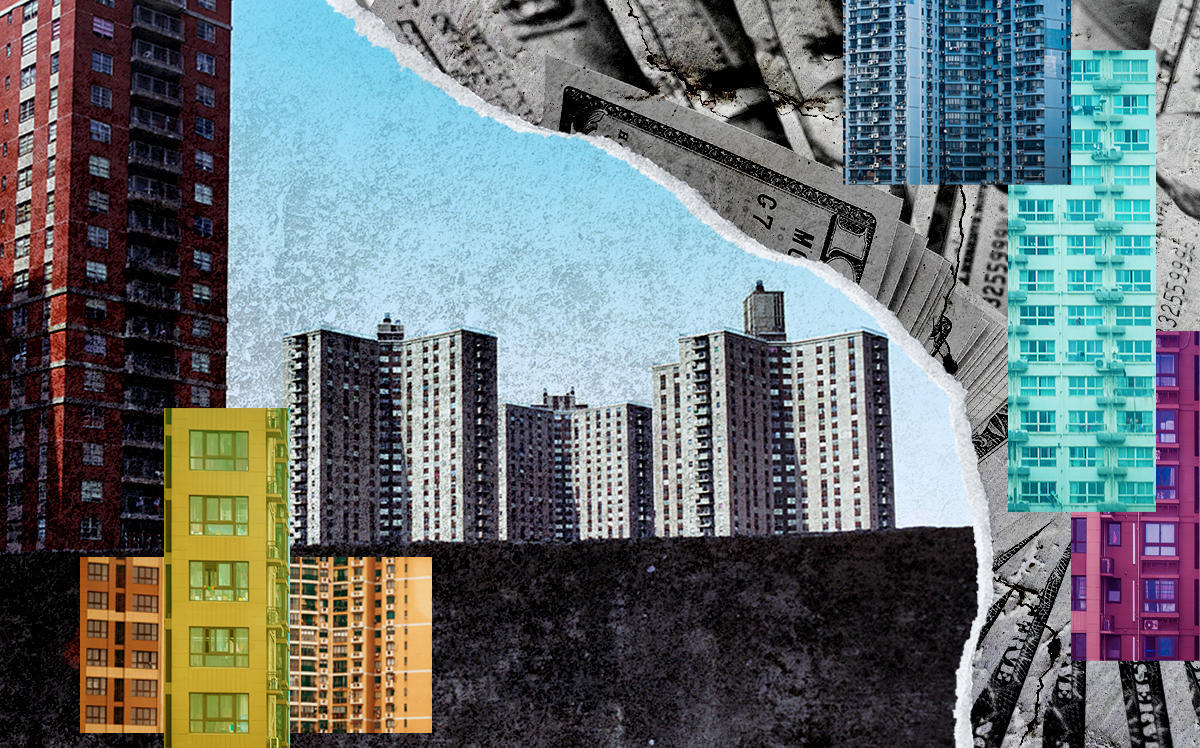Trending
Affordable apartments could suffer 50% hit to bottom line: Fitch
Higher operating expenses, lower rent collections, and more evictions forecast

A ratings agency predicts as much as a 50 percent hit to landlords’ bottom line at unsubsidized affordable apartments, which may lead to evictions when federal moratoriums expire.
Fitch Ratings predicts “full, on-time rental payments” for affordable properties subsidized by the government, which includes federal rental voucher programs such as Section 8. But properties that don’t receive subsidies could see a total discount to their debt service coverage ratio of as much as 40 to 50 percent, due to a 30 percent drop in rent payments as well as a pandemic-driven jump in operating costs.
Both subsidized and unsubsidized affordable multifamily properties are likely to see a 10 to 20 percent increase in operating expenses, Fitch predicts.
For the time being, few borrowers with multifamily mortgages tracked by Fitch are behind on payments, despite high unemployment levels and widespread economic distress. Only 0.56 percent of borrowers whose loans are in CMBS transactions were delinquent in September, compared with 0.41 percent prior to the pandemic.
Overall, multifamily has not suffered as much as other sectors, such as hospitality and retail, which have scrambled to lure travelers and shoppers back while government orders limit their ability to do so.
But a true assessment of the current state of the multifamily market has been hindered by programs that allow property owners to defer payments on a short-term basis. Until the end of the year, multifamily properties with federally-backed mortgages can apply to defer their debt payments for three or six months. Banks which lend to multifamily property owners have offered deferral plans, too, but many of those agreements will start to expire at the end of this month. After those agreements expire, Fitch expects a slight uptick in delinquencies.
Still, some data points offer clues for how the damage to the multifamily sector will unfold in the coming months.
Job losses in the hospitality and retail sectors, whose employees largely can’t work from home, have led to a disproportionate impact on low-income renters. A survey conducted by the U.S. Census Bureau found that, by the end of September, a third of renters who were behind on their rent payments made less than $25,000 per year. Fitch predicts higher instances of missed rent payments — and evictions, after federal limits on evictions expire at the end of the year — in areas where unemployment has remained high.
Rent collections in market-rate apartments have also decreased, although less dramatically than at affordable properties. In September, rent payments at professionally managed units dwindled to 76 percent, the lowest level since the National Multifamily Housing Council started tracking those rents in March.
Rent-regulated apartments in New York City have consistently lagged about 10 percentage points behind the rent collection figures NMHC has released, Jay Martin, executive president of the Community Housing Improvement Project, told a virtual audience at the New York Multifamily Summit last Friday.




